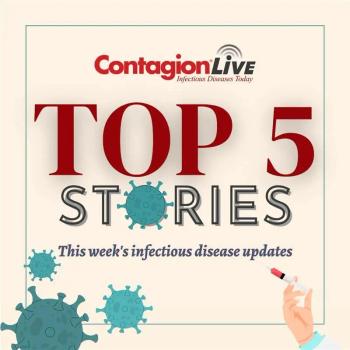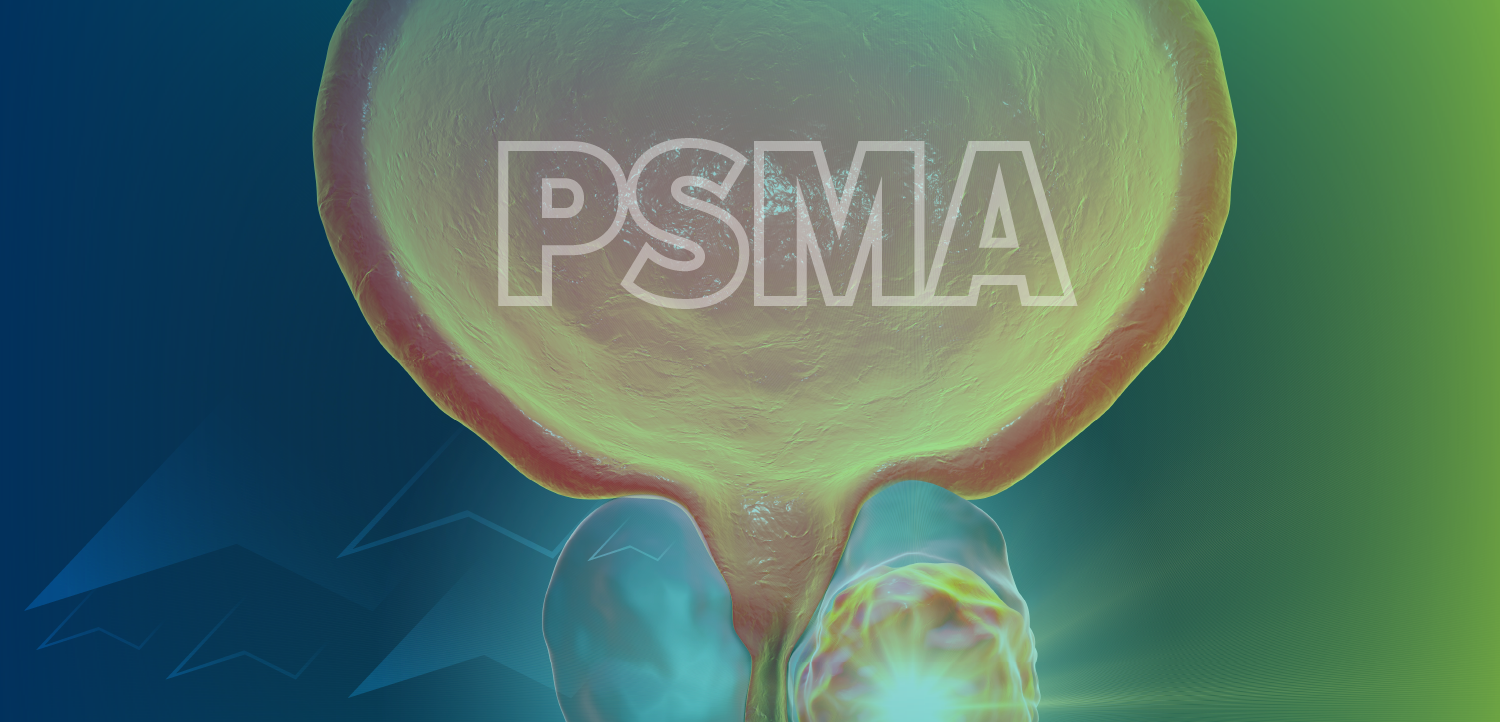
Persistent Strain of E coli That Caused Multiple Outbreaks Identified
A Centers for Disease Control and Prevention (CDC) publication reports on REPEXH01, a strain of Shiga toxin–producing Escherichia coli (STEC) O157:H7, which has been responsible for at least 9 outbreaks in the US since 2017.
Last year, E coli O157 outbreaks were linked to romaine lettuce and McDonald's onions. For the outbreak related to the lettuce, it sickened 89 people across 15 states, with 74 cases having available outcome information. Thirty-six people were hospitalized, with 7 experiencing kidney failure. There was 1 death attributed to the outbreak. For the outbreak associated with the onions there were a total of 104 Illnesses, 34 hospitalizations, and 1 death. 1
E coli can cause severe foodborne illness, including stomach cramps, diarrhea (often bloody), and vomiting. Symptoms typically appear 3 to 4 days after exposure and can lead to serious complications like kidney failure (hemolytic uremic syndrome, or HUS).1
Learn more:
REPEXHO1 is a persistent strain of STEC O157:H7 that CDC investigators estimate emerged in late 2015, before the detection of clinical cases beginning in April 2017. Since that time, 9 separate outbreaks of the same strain of STEC O157:H7, referred to as REPEXH01, have occurred. 2
Investigators published their findings in a recent issue of the CDC’s Emerging Infectious Diseases publication.
“REPEHX01 belongs to E coli O157:H7 Manning Clade 8, and most isolates possess stx2a, both factors that are associated with severe clinical outcomes. Those factors, along with its harboring of multiple resistance determinants, underscore the continued need to monitor REPEXH01 and understand factors contributing to its emergence and persistence,” the investigators wrote.2
In a previous interview with Contagion, Nicole M Iovine, MD, PhD, an infectious disease physician and chief hospital epidemiologist at the University of Florida discussed the challenge of identifying the specific pathogen. “Symptoms of foodborne illnesses can overlap, making it difficult to identify the exact pathogen based solely on clinical presentation, “You really can't tell which organism is infecting a patient based on symptoms alone, ”Iovine explained. “The symptoms are nausea, vomiting, diarrhea, abdominal pain, sometimes there's fever, and sometimes there isn't fever. More severe forms can have blood in the diarrhea as well, but that’s what pretty much all bacterial causes of gastrointestinal illness will cause.” 3
References
1.Investigations of Foodborne Illness Outbreaks. FDA. Updated May 14, 2025. Accessed May 17, 2025. https://www.fda.gov/food/outbreaks-foodborne-illness/investigations-foodborne-illness-outbreaks
2.Wirth JS, Leeper MM, Smith PA, et al. Genomic Characterization of Escherichia coli O157:H7 Associated with Multiple Sources, United States. Emerging Infectious Diseases. 2025;31(13):109-116. doi:10.3201/eid3113.240686.
3. Abene S. Preventing Foodborne Illness: A Closer Look at the Recent E coli Outbreak. Contagion. November 21, 2024. Accessed May 16, 2025.
https://www.contagionlive.com/view/preventing-foodborne-illness-a-closer-look-at-the-recent-e-coli-outbreak
Newsletter
Stay ahead of emerging infectious disease threats with expert insights and breaking research. Subscribe now to get updates delivered straight to your inbox.


























































































































































































































































































